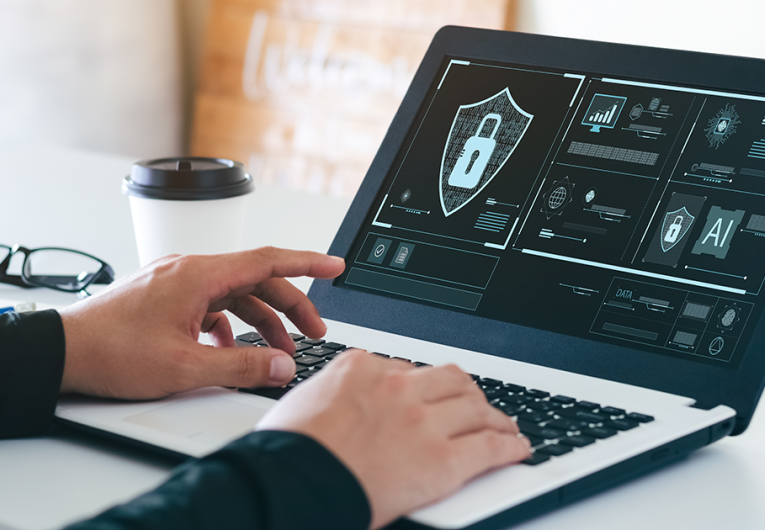
Why Router Hacking Happens and How to Keep Your Business Safe
With technology advancing by the day, cybercriminals are finding new ways to infiltrate different devices, including your router. And as it turns out, there are plenty of reasons why someone might do so.
Who Doesn't Like Free Internet?
A compromised router could be a simple ploy to get a free internet connection. Your router is the nexus of your network, and once someone has access to it, they can connect as many iPads, laptops, and game counsels as they want. These additional devices can chew through your bandwidth in no time, slowing your internet speeds to a crawl.
What's worse, all of the hacker's activity on your network happens under your name. If they plan on using that internet connection to conduct nefarious activities, you could be held responsible for it.
Brace Yourself For Malware
Not all hackers want to spend the day surfing the web on your dime. Sometimes, the goal behind hacking your router is to install malware on it. Motives aside, it's essential to understand how exponentially destructive malware can be when it originates in your router.
Your router is the hub through which all internet activity on your network travels. Once it's infected with malware, any devices connected to that network are at risk of being exposed to it. Vital data can become corrupted, and business operations can come to a dead stop.
I Spy With My Little Eye
Maybe you aren't being hacked by a secret agent fresh out of spy school, but that doesn't mean someone isn't looking for something. If a hacker gains access to your router, they can see all the activity that takes place on your network.
Using apps, cruising websites, you name it—if you're online, the hacker can gather a significant amount of information based on your activity. If you send or receive important business data using that internet connection, that's also considered free game.
Enough Talk—It's Time To Fight Back
Regardless of why your router might get hacked, there are signs you can look for to determine if it's happened to you. Extremely slow internet speeds, unfamiliar devices popping up on your Wi-Fi, and corrupted data on multiple connected devices are all clear indicators.
So, what can you do to prevent this? When it comes to router security, being proactive is always better than a reactionary role. Get started with these helpful tips to protect the tech your business depends on.
Change Your Admin Username And Password
Every new router comes with a default password. However, the default password shouldn't be considered a permanent one. Creating a new admin username and password for your router is critical. Experienced cyber thieves can easily hack default passwords, so you should create something unique, somewhat complicated, and difficult to guess. And as always, be careful about who you share these login credentials with.
Enable That Firewall
Most routers come straight out of the box with a built-in firewall. You're adding a virtual barrier that prevents unauthorized devices from accessing your network by enabling it. Only connections requested by your devices will be allowed to and through the router, keeping you in control of who can hop on your internet.
Use Cybersecurity Tools
Different tools have different uses, and cybersecurity tools might be the most useful for protecting your router from hackers. There are loads of options, such as the classic AVG AntiVirus Free, which range from dirt cheap to fairly pricey. They work by scanning your network and alerting you of unfamiliar (and unwanted) devices connected to your internet.
Some even identify vulnerabilities in your network, giving you a chance to beef up your defenses against threats.
Update Your Router's Firmware
Just like your computer or smartphone, your router is a device that comes with preinstalled firmware. This special kind of software is essential to its day-to-day operations. Regular firmware updates keep your router safe and secure, and most routers update their firmware automatically—but not always.
If you find out that yours doesn't, you can check for these updates manually by logging into your router's admin settings. It's highly recommended to do this at least once every quarter.
The trends, insights, and solutions you need to grow your business.
By signing up, you’re subscribing to our monthly email newsletter, The
Wire. You may unsubscribe at any time.
Your information stays safe with us. Learn more about our privacy
policy.











![[#MSP_NAME#] Logo](/themes/sparklight_business/images/transition-logos/migration-banner-logo-[#MSP_CD#].png)
